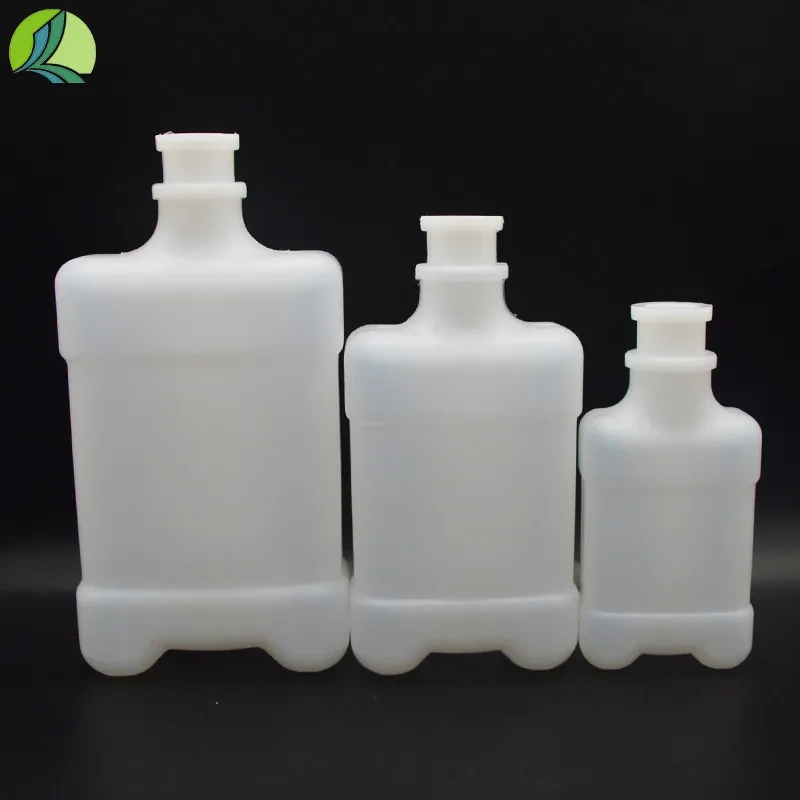tape used to seal petri dish
The Importance of Tape in Sealing Petri Dishes
In the realm of microbiology and laboratory research, maintaining sterile conditions is paramount. Petri dishes, also known as Petri plates or cell-culture dishes, are widely used tools for growing microorganisms, cultivating cells, and conducting various biological experiments. One critical aspect of using these dishes effectively is sealing them properly, which is often accomplished with tape. This article highlights the significance of tape in sealing Petri dishes, the types of tape commonly used, and best practices for ensuring successful experiments.
The Role of Sealing in Microbiology
Sealing Petri dishes serves multiple purposes. First and foremost, it prevents contamination by external microorganisms, which could compromise the integrity of the experiment. Contaminants can lead to skewed results, unwanted growth patterns, and ultimately render the experiment void. Additionally, sealing helps retain moisture within the dish, which is essential for the growth of certain cultures. Proper sealing also minimizes the risk of spills or accidents, particularly when handling multiple dishes in busy laboratory settings.
Types of Tape Used
Different types of tape can be utilized to seal Petri dishes, each with distinct advantages and applications. The most commonly used tapes include
1. Parafilm This is a flexible, stretchable, and waterproof film that adheres well to glass and plastic surfaces. Parafilm is often favored for its ability to create a tight seal while allowing for gas exchange, which is important for aerobic organisms.
2. Masking Tape While less flexible than parafilm, masking tape is inexpensive and widely available. It can provide adequate sealing when applied correctly, but it may not offer the same protection against moisture loss.
3. Medical Tape This type of tape often has hypoallergenic properties and can be a good option for sensitive applications. Medical tape is usually breathable, allowing for some gas exchange while also helping to keep contaminants at bay.
tape used to seal petri dish

Choosing the right tape depends on the specific requirements of the experiment and the type of microorganisms being cultured.
Best Practices for Sealing Petri Dishes
To ensure that experiments yield reliable and valid results, researchers should adhere to several best practices when sealing Petri dishes
1. Clean Surfaces Before sealing the dishes, it’s crucial to ensure that both the rim of the dish and the tape are clean and free from contaminants. This helps establish a better seal and reduces the likelihood of introducing unwanted microorganisms.
2. Apply Tape Neatly When placing tape on the dish, avoid creating air bubbles or wrinkles. A smooth application helps create an effective barrier against contaminants.
3. Sealing Technique Use the appropriate sealing technique based on the type of tape used. For instance, parafilm should be stretched slightly when applied to ensure a tight seal around the rim.
4. Labeling Always label the sealed dishes with pertinent information such as the date, sample type, and experiment details. This practice aids in tracking the experiment's progress and ensures that researchers can quickly identify different cultures.
5. Storage Conditions Store sealed Petri dishes in a suitable environment that maintains appropriate temperature and light conditions. This can be crucial for certain types of cultures that require specific growth environments.
Conclusion
In summary, sealing Petri dishes with tape is an essential practice in microbiological research that contributes to the accuracy and reliability of experiments. With various types of tape available, researchers can choose the one that best meets their needs while adhering to best practices in sealing. Ultimately, the effective use of tape not only protects the integrity of the experimental results but also enhances the overall efficiency of laboratory work, allowing scientists to focus on their research with confidence.
-
Aesthetic Makeup Spray Bottles | Fine Mist Empty RefillableNewsAug.19,2025
-
White Plastic Veterinary Vaccine Vials | Lab Liquid BottlesNewsAug.18,2025
-
Plastic Medicine Liquid Bottle: Secure Flip Top Drug VialsNewsAug.17,2025
-
Durable 250ml Blue Plastic Vaccine Vial for Lab & Vet UseNewsAug.16,2025
-
Sterile Virus Sample Tubes: Secure & Reliable Specimen CollectionNewsAug.15,2025
-
White 250ml Plastic Vaccine Vial for Lab & Vet MedicineNewsAug.14,2025
























